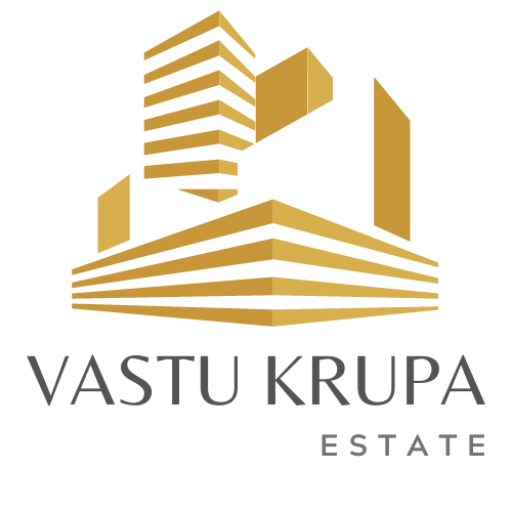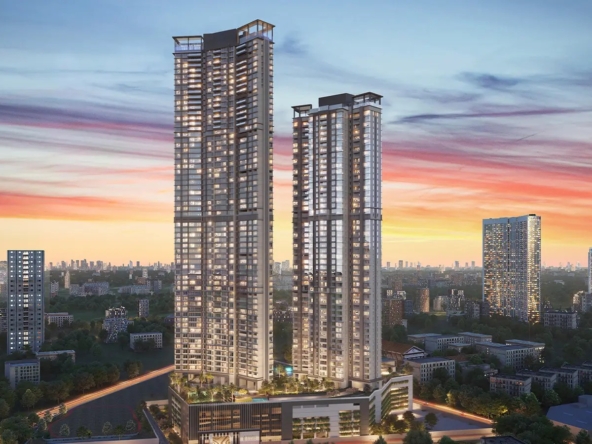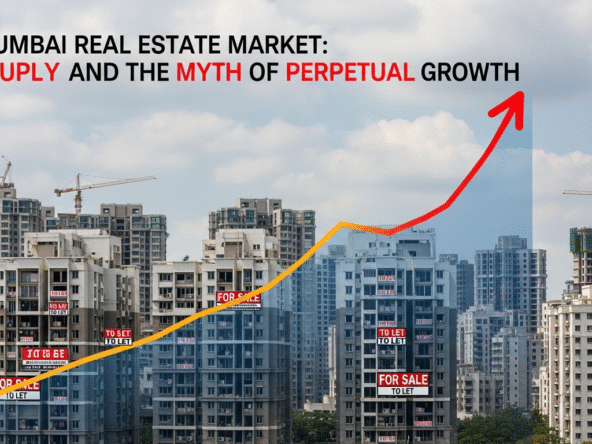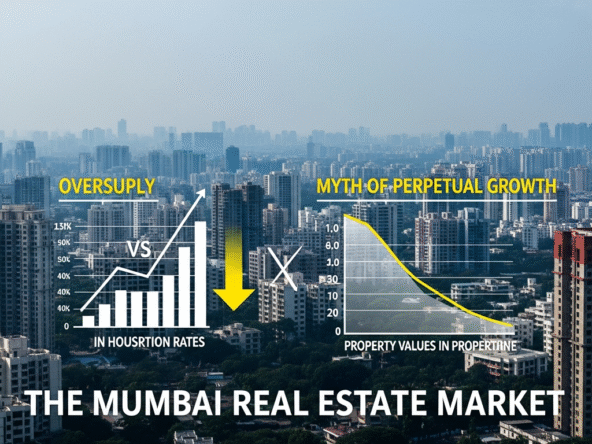Recent queries from land buyers in Pune and Navi Mumbai have drawn bullish forecasts from property experts. Analysts point out that a slew of new infrastructure projects – notably the upcoming Pune and Navi Mumbai international airports and expanded expressway links – will support long-term land value appreciation in these regions. With a 10-year horizon, well-placed plots could “easily” double or triple in value if India’s economy and development momentum continue, say consultants. According to data, Pune saw a 25% surge in property registrations in 2024, reflecting the market’s strength. At the same time, “Mumbai 3.0” areas (Raigad-Panvel-Uran) have already begun to show sharp gains as connectivity improves.
Pune Expressway Corridor – Airport Plans and Tight Supply
Pune’s growth corridor along the Mumbai–Pune Expressway is attracting investor interest. For example, a 1,732 sq ft plot in Pharande Developers’ Vaarivana township (Urse village) on the expressway was recently bought as a long-term investment. Real estate brokers note that big Pune townships are mostly apartment-based, making freehold plots relatively scarce. This limited supply, combined with major new transport links, underpins a strong outlook.
New airport plans are particularly significant. The proposed Purandar International Airport (south of Pune) is targeted to open by the end of this decade. The Pune regional authority has earmarked ₹636.84 crore to build 61 km of roads around the site. However, experts caution that timely road and metro links will be crucial: one urban planner notes the airport’s infrastructure schedule is close to its 2029 opening target. If those projects complete on time, Pune’s fringe areas will gain better access. Even before Purandar is ready, improvements like a planned metro line to Saswad and expanded highways are in the works.
Pune’s market is already showing momentum. Property registrations jumped 25% in 2024 to 190,025 units, and Knight Frank reports growing demand for higher-end homes. “Navi Mumbai Airport and the augmentation of Mumbai-Pune Expressway are expected to provide a fillip … to the Pune real estate market,” says broker Akshay Deshpande of Baner. In other words, the new Navi Mumbai airport (opening 2025) plus an improved expressway should make outer Pune more attractive. With homebuyers looking beyond central Pune, land values in places like Urse/Varivana could see strong gains.
Investors are advised to think long-term. Given Pune’s economic growth and scarce land supply, analysts forecast that “over a 10-year period, doubling or tripling of land values is quite plausible,” assuming continued GDP expansion. Even if exact returns aren’t guaranteed, the overall trend is clear: Premium plots near highways and future airports tend to appreciate the most.
Key Pune Growth Drivers:
- New Purandar Airport: Greenfield airport planned by 2029, with 61km of access roads funded.
- Highway & Metro Links: Mumbai-Pune Expressway expansion and a proposed Pune–Saswad metro line will cut travel times.
- Robust Demand: 25% rise in Pune property registrations in 2024, reflecting steady buyer interest.
- Limited Plot Supply: Major developers focus on apartments, so legal freehold plots remain rare.
- Long-Term Horizon: Experts suggest a 10+ year hold. Even factoring in risks, 2–3× gains are seen as achievable if development unfolds as planned.
Overall, the picture for Pune’s expressway plots is very positive. As one analyst summarized, investors with a decade-long view could expect “two- to three-fold” gains, provided the infrastructure comes through. Of course, buyers must ensure titles and approvals are clean, but a legitimate RERA-registered plot in this corridor is now considered a promising bet.
Navi Mumbai’s “Mumbai 3.0” – Uran-Panvel Region Rides New Connectivity
The peripheral areas around Navi Mumbai – sometimes dubbed “Mumbai 3.0” – are in the spotlight. The Raigad district towns of Uran, Panvel, Karjat and Khopoli have been largely industrial hubs until now, but that is changing rapidly. The impending Navi Mumbai International Airport (NMIA) is a game-changer: slated to open by mid-2025, it is already spurring speculative demand in Uran and nearby villages.
A Hindustan Times analysis notes: “The airport will lead to much-awaited economic activity… and increase demand for housing and commercial office spaces, not just in Navi Mumbai but even in ‘Mumbai 3.0’, including Karjat and Khopoli”. In practical terms, this means peripheral locales are suddenly more attractive. The Navi Mumbai Airport Influence Notified Area (spanning 170 sq km across Panvel, Pen and Uran) will become a major trade and tech zone once built. At the same time, the long-anticipated 22-km Trans-Harbour Link (Atal Setu) connecting Mumbai’s Sewri to Uran is already open. This has sharply reduced commute times and driven up local land prices: in Ulwe/Uran and Dronagiri, rates that were around ₹6–7,000 per sq.ft have surged to over ₹10,000 in recent years.
The numbers back it up. Independent research finds Uran property values jumped about 27.4% year-on-year in 2024, to an average ₹5,615 per sq.ft. Plots still start at roughly ₹3–5 lakh per ground (1,089 sq.ft) in Uran, making them relatively affordable. Analysts see this as a huge upside: land close to the airport or highway now is cheap, but will become prime real estate. For example, Pune broker Deshpande notes that areas along the Mumbai-Pune Expressway (like Wakad and Hinjewadi) will also benefit from the NMIA connectivity.
Another booster is the planned Kharghar Corporate Park (375 acres of offices, convention and IT space). With these projects, Navi Mumbai is no longer a distant suburb but a planned city. Observers compare it to earlier Mumbai expansions: just as Andheri and BKC absorbed offices decades ago, “offices … will continue to move” toward Navi Mumbai’s airport vicinity, chasing lower rents and space. (This is already evident: many IT and financial firms have set up campuses in Kharghar and Kamothe as development moves east.)
Key Mumbai-3.0 Growth Drivers:
- Navi Mumbai International Airport: Opening mid-2025 in Panvel/Uran will catalyze massive demand.
- Trans-Harbour Link (Atal Setu): Operational and slashing travel time from Sewri to Ulwe/Uran, it lifted prices in Ulwe, Dronagiri, etc..
- Mumbai–Pune Highway: NH-48 is close by; upgraded links tie Uran/Panvel to Mumbai and Pune markets.
- New Corporate Park: CIDCO’s planned 375-acre Kharghar hub will bring offices, IT and services.
- Rising Land Values: Uran’s average rate now ~₹5,615/sq.ft (as of 2024) with strong upward momentum.
- Affordability: Compared to central Mumbai, plots and homes in Uran/Panvel start much lower (often <₹3000/sq.ft), attracting first-time buyers and investors.
In short, long-term investors like Ankita Gupta (who bought an Uran plot) have reason for optimism. Experts stress that patience is key: 10–15 years may be needed for the full impact, especially as the airport’s first flights begin. But early signs are encouraging. As one broker put it, Uran “presents excellent investment potential” due to location and infrastructure, with “year-over-year price appreciation around 27%” already. This mirrors nearby Panvel, which has been touted as the next big destination by many developers.
Conclusion – Long-Term Outlook Remains Bright
Analysts agree that well-placed property next to Pune and Navi Mumbai’s expanding infrastructural centers stands to gain. Land values in these corridors could rise if India’s economy nearly doubles over the next ten years. Nothing, naturally, is guaranteed. Investors should double check all approvals and stay away from unrecorded transactions. But the risk-reward equation is good given current trends of robust buyer demand, multi-modal connectivity, and government development initiatives.
One real estate specialist remarks that the general picture is quite encouraging. As initiatives go live on the expressway on Punes Pune-side or the Navis Uran-Panvel belt, land values are expected to increase. For purchasers with a ten-year horizon, two- to three-fold returns are well inside expectation provided they hold throughout the cycle of development. Stay informed, check legality, and plan to be patient: that’s the main recommendation. Well-timed infrastructure can be the difference between a flat and exponential return in today’s market; both Pune and Mumbai 3.0 appear set for that kind of surge.
Sources: Recent articles from Hindustan Times, Business Standard and Times of India outline the real estate trends and infrastructure projects in Pune and Navi Mumbai. Quoted in these stories, analysts and brokers describe the projected growth catalysts mentioned above.
Mumbai Housing Market Defies National Slump with Record First-Half Sales





